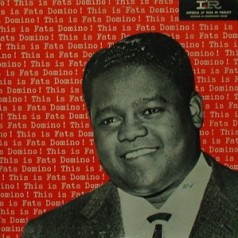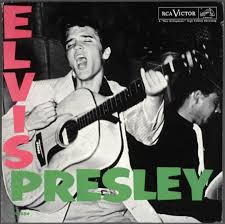
I didn’t enjoy The Atomic Mr. Basie very much, so what a surprise it was that directly following it on the list was Brilliant Corners: simply put, the best jazz album I’ve heard in this book so far. It was one of Thelonious Monk’s first major successes as a jazz musician, and for good reason; it’s incredibly engaging, creative, and well-performed, and just a great listen start to finish.
The title track that opens the album is, in my opinion, the strongest track of the album. It’s intro, in particular, is one of the best openings to a song that I’ve ever heard, and certainly leaves a lasting impression. It switches back and forth between different tempos at a moments notice, and is a little hard to keep up with at times, but still manages to be one of my favorite jazz tracks in the book so far. Fun fact: the track was so difficult to play that they never got a complete perfect take, and they ended up having to stitch together different recordings in post. Another great track is “Pannonica,” a seriously heavenly sounding, almost lullaby-like song that made me feel like I was melting into my chair with relaxation. If there’s any track I didn’t like as much, I would say probably “I Surrender, Dear,” a solo piano piece, but not because it’s in any way bad, just because it’s unfortunate enough to be on the same album as the other four jazz masterpieces.
So this album was most definitely a pleasant surprise. Thelonious Monk’s jazz prowess is truly unparalleled, and must be witnessed to be understood. Anyone with even a minor interest in jazz should give this album a listen.
Favorite Tracks: “Brilliant Corners,” “Pannonica”
Least Favorite Track: “I Surrender, Dear”
Next Up: Palo Congo by Sabu (1957)








